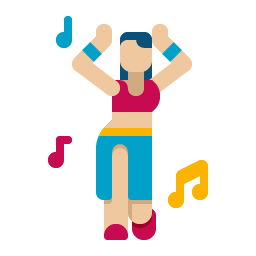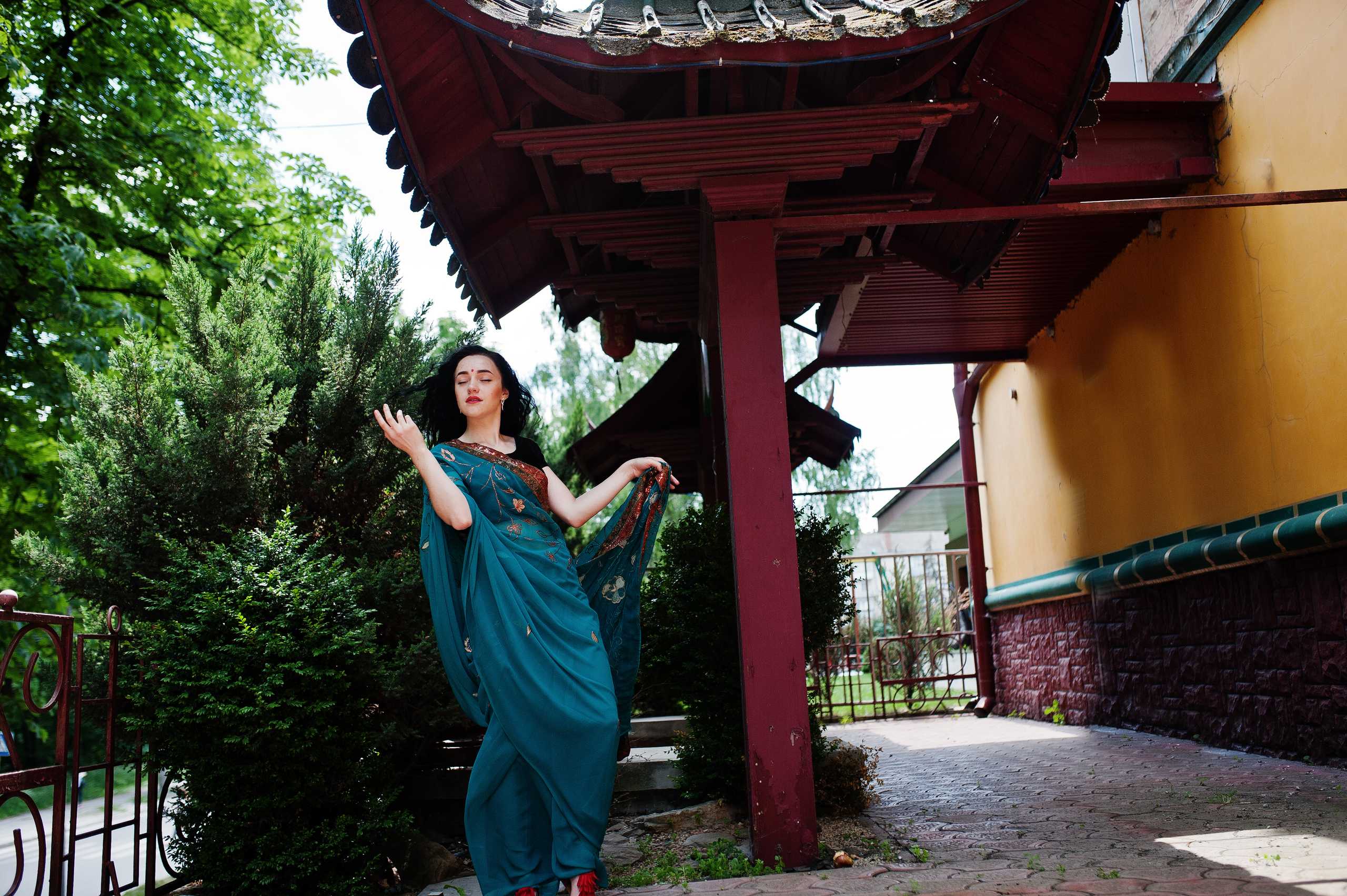Dancing the Music — When Rhythm Becomes a Partner
Most beginners start by counting.
One-two-three-four. Step-turn-lift-drop.
It’s useful — at first.
But something changes when you stop counting the music and start feeling it.
Eastern dance is not built on numbers. It’s built on relationship.
And the music? It’s not a background — it’s your partner.
More Than Sound — A Conversation in Vibration
Oriental music is emotional. It doesn’t rush. It seduces. It sighs. It builds slowly, curls, surprises, retreats, rises again.
You can’t dance to it by force. You have to respond.
When a drum speaks, your hips echo.
When a violin cries, your arms become water.
When silence enters — you pause, and something inside you holds its breath.
To dance Oriental music well, you don’t dominate it — you listen. You let it shape you. You make space for nuance, irregularity, breath.
The Rhythm Lives Inside You
There’s something sacred about the way Oriental rhythms are built.
The Dum-Tek of the darbuka isn’t just a beat — it’s a pulse, a code that your body already knows, even if your mind doesn’t.
At first, you may struggle to find it. But with time, your body starts to react before your brain does.
- Your feet step without thinking.
- Your chest lifts right before the melody calls it.
- Your hips finish the phrase the drum never said.
This isn’t about musical education — it’s about embodied intelligence.
The rhythm isn’t external. It lives in your bones.
Improvisation — The Highest Form of Listening
One of the most cherished traditions in Oriental dance is improvisation.
Not choreography. Not perfection. But presence.
You step on the floor with no fixed plan — only trust in the music, and trust in your body.
In that moment, you aren’t just dancing to music. You’re dancing with it. Reacting. Dialoguing. Feeling. Becoming.
Improvisation is where you stop being the dancer, and start being the dance.
Music as Memory, Music as Mirror
For many women, a single melody can unlock something deep and long-buried.
A rhythm reminds you of your grandmother’s cooking.
A song echoes a memory of walking barefoot in summer.
A soft instrumental calls forth a grief you didn’t know you still carried.
Eastern dance invites you to use the music — not to hide behind it, but to reveal what’s real.
It becomes a mirror: sometimes joyful, sometimes heavy, always honest.
You don’t dance the song. You dance yourself through the song.
Final Thoughts: Let the Music Lead You Inward
At some point, you’ll hear a piece of music you’ve never danced to before. You’ll hesitate.
Then — something moves. Maybe your hand. Maybe your breath. Maybe your heart.
That’s the moment.
Not of performance, but of connection.
Not of skill, but of surrender.
In Oriental dance, music is not the backdrop — it’s the doorway.
And when you walk through it, fully feeling, fully present —
you return to yourself.

